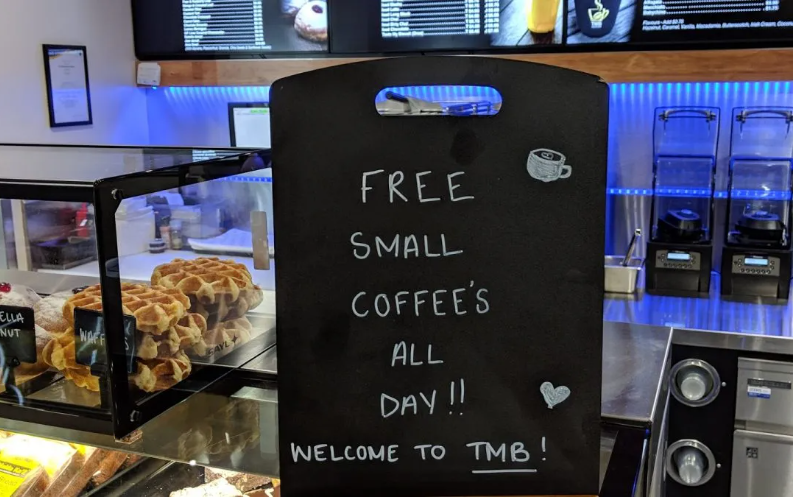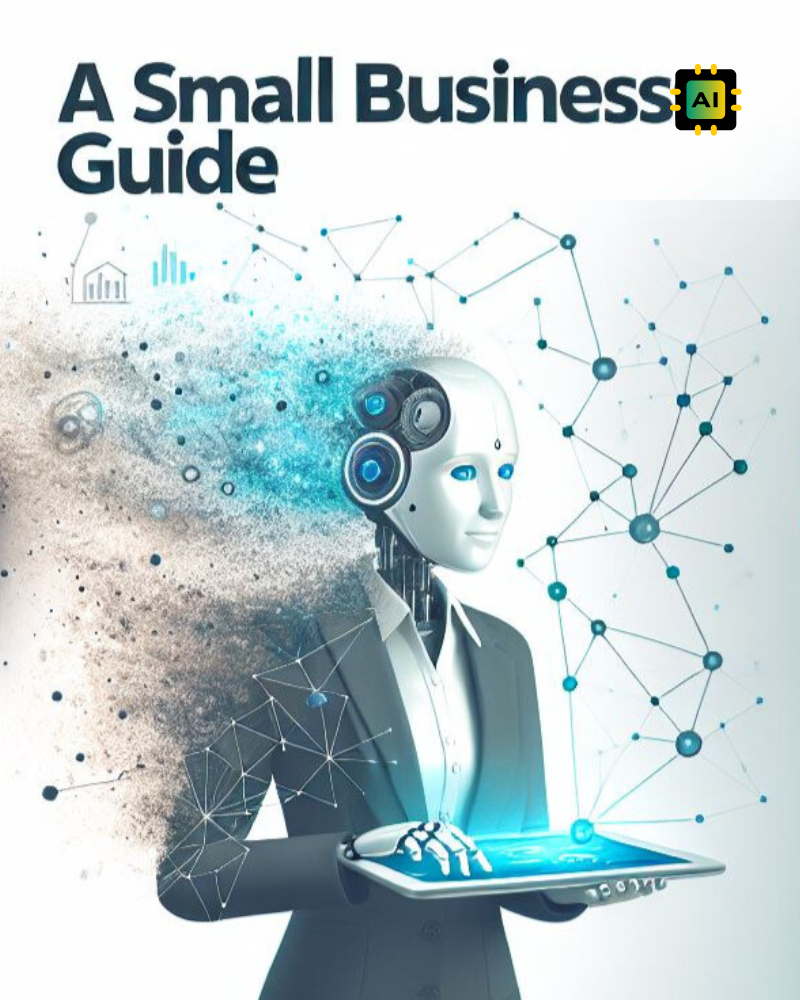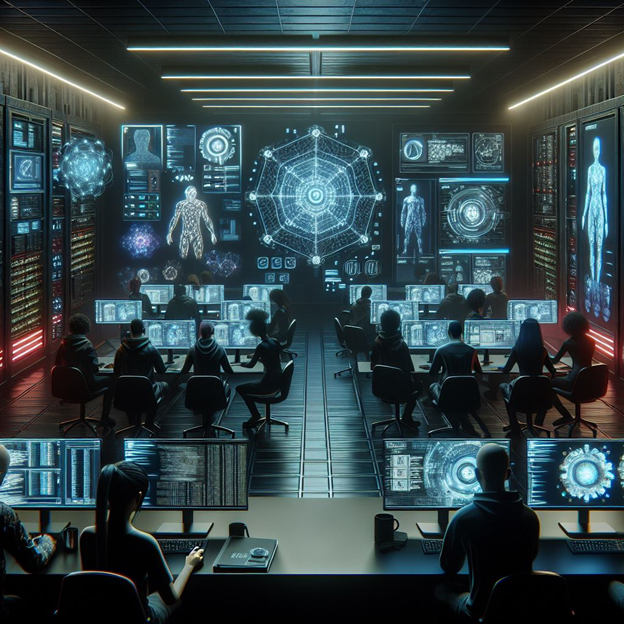Address
155 Varsity Parade,
Varsity Lakes
QLd, 4227
Get in touch
1300 110 393
Technology to Help Grow Your Retail Business?
This is a subtitle for your new post

Today’s world uses a special kind of retail intelligence. Yes, foot traffic has declined over the years, but 90% of retail remains in-store. Retail owners have learned to use technology to keep their buyers engaged and happy. Aside from the efficiency technology provides businesses, it also offers a new way for consumers to interact with the product, make decisions, purchase more, and share their newly purchased treasures.
Business intelligence dictates what consumers desire, what they need, how likely they are to purchase, and what the best decisions are for the whole of a business. However, the choices aren’t always easy and the available options are often too numerous to know.
Retailers are utilizing various options and below we discuss the options for touchscreens and tablets, mobile capabilities, and simpler technologies that make the difference between a consumer’s purchase and their loss of interest.
Touchscreens and Tablets
Touchscreens in retail are as beneficial as an actual POS — speaking of which, a touchscreen POS holds higher benefits
than a standard POS. When it comes to the buyer experience, positivity is paramount to purchase, especially in desire purchasing. Retail intelligence knows engaging buyers in interactivity creates a connection that wouldn’t otherwise exist. Consider Tommy Hilfiger’s interactive dressing rooms:
- Potential buyers try on outfits
- They share them via Facebook
- Friends give instant approval feedback
- The potential buyer becomes a verified buyer
Tablets installed on grocery carts create an interactive experience valuable to shoppers. Hellmanns installed tablets on grocery carts
to provide recipes for buyers. Other types of tablets detect nearby ingredients, accessories, or related products.
Digital signs, kiosks, and touchscreen floor displays attract shopper attention, impress interactivity on them, and engage buyers. Retail technology isn’t limited to those few options. You can also consider interactivity based on retail specialty:
- Augmented Reality– Digitally enhance the real worldview, layering digital information atop world-based items.
- Virtual Reality– Live stream events, celebrations, or meetings with a 360 view of the occasion.
- Social Proofing– Social proof uses trending items as inventory. Utilizing social sites such as Etsy, Fancy, or Pinterest, display top items in-store while allowing stock managers to supply the inventory or salespeople to match with best available options.
- Interactive Hangers– Hangers that, when lifted, trigger preprogrammed content, lighting, or music.
Mobile Capabilities
Business intelligence recognizes the needs of mobile users. The next step is to enhance their shopping experience. One of the most well-known technologies is Quick Response, or QR, codes. These aren’t limited to small areas of usability, no. Quick response codes thrive in windows, ads, POS, websites, and more. The options are nearly limitless and allow the buyer to, well, quickly respond to discounts, view specifications, read product details, or assess reviews.
Again, the options don’t end there. Aside from social options and responsive websites, you have the option to consider:
- Near Field Communication– These are similar to QR codes but are located on product tags. Buyers access information, loyalty programs, share content, and scan basket items.
- Location Based Services– LBS uses the internal GPS of a phone to match buyer location, special offers, and offer promotional deals to loyal consumers. Location-based services are both outdoor and indoor. They work nearly identically, save for one locates buyers outside and the other within the store.
- Smart Phone Tags– Coded tags allow buyers to scan a code; select specifications; and find the item location.
- Hubs– These devices are like meshing online shopping with brick-and-mortar browsing. Users are able to browse catalogs or scan barcodes with the option to purchase. They’re able to view items in-store while shopping for alternative options within the catalog.
Simpler Technologies
As a franchise owner, you can feel somewhat overwhelmed thinking of all the retail technology options. For those just dipping into the pool, trying to make the best decisions possible, there are simpler technologies.
- Comparison Websites– Price or item comparing strikes a chord with potential buyers. Investing in a comparison website that compares products and prices allows buyers to compare features, reviews, prices, and other attributes.
- WiFi– It seems like such a small thing, but providing WiFi for buyers allows for instant access to their applications without the struggle or frustrations of poor internet access.
- · Apps
- Guide and Advice App– Offering applications that provide advice or guidance allows users to make personalized, informed decisions. Recommendations and alternatives give the buyer that extra boost.
- Purchase App– These are in-store purchase apps. It’s a mix between a hub and a smartphone tag. Users can use the app to locate items in-store, scan the items, and pay all at one time. They skip the checkout line and don’t spend too much time locating items.
- Personal Shopper App– Matching products to needs provides buyers the best solution to achieve their desired product. Aside from matching, personal shopper apps also offer suggestions, availability, locations, and pricing.
3D Printing
One might not think of 3D printing as a viable business option, especially in retail, but buying does make people happy. The happier people are, the more likely they are to purchase. Seeing an item printed right before their eyes has the immediate effect of intrigue and interest. An impression forms, a positive impression. Asda launched a 3D print trial in 2013. They found they were able to offer higher quality for 60% less than competitors. You can understand how that affected business. Better quality with lower prices really leaves an imprint on buyers.
Conclusion
The best decisions made, concerning retail technology and as a franchise owner, are done while contemplating your experiences as a consumer. Think about the best interactions you’ve had with a company and their technology. Consider their impact on you; how they affected your buying choices. Implement it into your business. Second, think about your worst technology experiences and those moments you would have bought had it not been for the experience. When considering these situations, weigh up the possible improvements. Find the technology with the best improvements and utilize them to your advantage.
© 2025
All Rights Reserved | Addictive Technology Solutions Pty Ltd | Website Terms and Conditions | Privacy


